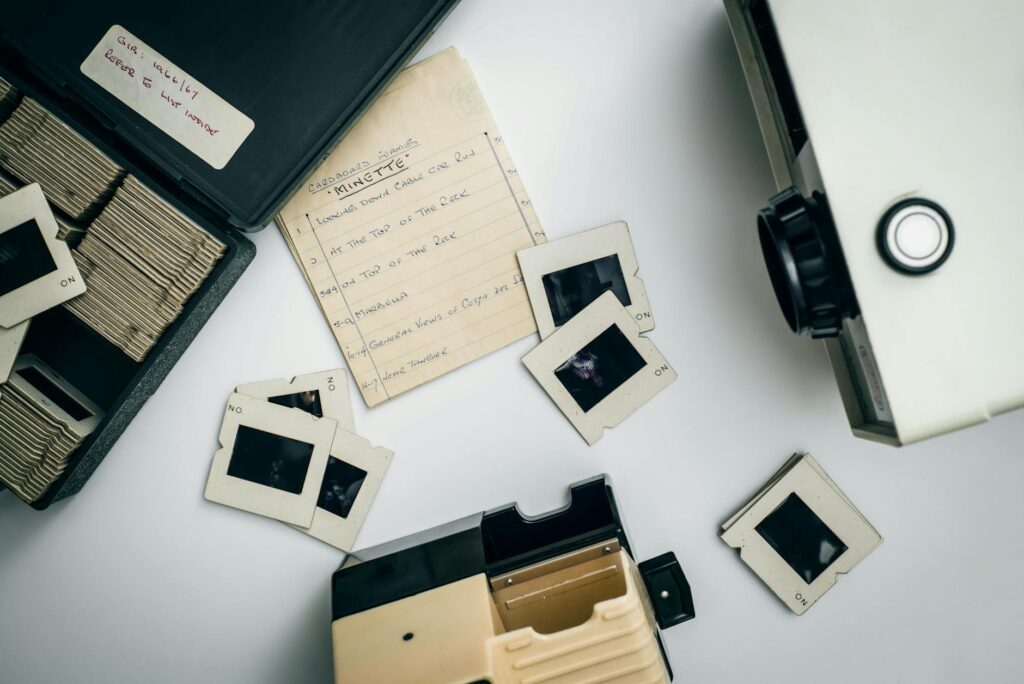What is compartmentalized technology?

What is compartmentalized technology?
In today’s fast-paced digital environment, we often find ourselves juggling multiple tasks and responsibilities simultaneously. This constant parallel processing can lead to distractions and reduced productivity. Enter compartmentalized technology—a concept designed to enhance efficiency by streamlining our interactions with various digital tools and platforms. By compartmentalizing our technological resources, we can focus better and manage our time more effectively, ultimately leading to improved outcomes in both personal and professional settings.
Understanding Compartmentalized Technology
Compartmentalized technology refers to the practice of organizing and segmenting digital tools and tasks to minimize distractions and improve focus. The core principle is to create separate “compartments” for different activities or types of information, allowing users to engage with each compartment independently. This approach not only enhances clarity but also helps in managing cognitive load.
Definition and Key Concepts
At its essence, compartmentalized technology involves splitting tasks, applications, or information into distinct categories. Each compartment serves a specific purpose, whether it be for work, personal projects, or leisure activities. For example, you might use one tool for project management, another for communication, and yet another for tracking your health and fitness goals. This structured organization helps to prevent information overload and keeps you focused on the task at hand.
Historical Context and Evolution
The idea of compartmentalization is not new. In fact, it has roots in various fields, including information security and engineering, where it aims to limit access to sensitive data or streamline processes. Over the years, as technology evolved, the concept gained traction in digital workflows. Today, tools like task managers, productivity apps, and collaborative platforms embody the principles of compartmentalized technology, allowing users to manage their time and resources more effectively.
Benefits of Compartmentalized Technology
Utilizing compartmentalized technology offers numerous advantages, both personally and professionally. Here are some key benefits:
Enhancing Productivity
One of the most significant benefits of compartmentalized technology is its ability to boost productivity. By reducing distractions and enabling users to focus on specific tasks, it fosters a more effective work environment. For instance, you might set aside dedicated time to handle emails, allowing you to concentrate fully on them without interruptions from other tasks.
Improving Time Management
Effective time management is crucial for success, and compartmentalized technology plays a vital role in this. By clearly defining compartments for various tasks, you can allocate your time more efficiently. This structured approach enables you to prioritize your responsibilities and ensures that you spend your time where it’s most needed.
Promoting Work-Life Balance
In an age where work often bleeds into personal life, compartmentalized technology can help maintain boundaries. By creating separate compartments for work and personal activities, you can more easily switch between roles and avoid burnout. This separation ultimately contributes to a healthier work-life balance, allowing you to enjoy your personal time without the constant nagging of work-related thoughts.
Practical Applications of Compartmentalized Technology
Implementing compartmentalized technology in your daily routine can be straightforward, thanks to various tools and strategies available today.
Tools and Software for Compartmentalization
Several digital tools facilitate compartmentalized technology:
- Trello: A project management tool that allows you to create boards for different tasks and projects, ensuring clarity in your workflow.
- Notion: A versatile application that helps organize notes, tasks, and databases in separate spaces, making it easy to switch contexts.
- RescueTime: This tool tracks how you spend your time on various applications, helping you identify distractions and optimize your focus.
Case Studies of Successful Implementation
Many individuals and businesses have successfully embraced compartmentalized technology. For example, a marketing team might use dedicated platforms like Asana for project management, Slack for communication, and Google Drive for document storage. By compartmentalizing these functions, they enhance collaboration, streamline workflows, and ultimately improve their overall productivity.
Challenges and Considerations
While the benefits are clear, there are challenges associated with adopting compartmentalized technology that should be addressed.
Overcoming Resistance to Change
Implementing new technology often meets resistance, particularly from those accustomed to traditional methods. It’s essential to communicate the benefits clearly and encourage gradual adoption. Demonstrating quick wins can help ease the transition and build buy-in from team members.
Maintaining Flexibility
Compartmentalized technology should not become overly rigid. It’s crucial to remain adaptable and open to modifying your compartments as your workflows evolve. Staying flexible allows you to respond to changing needs or unexpected challenges without feeling constrained.
Conclusion: Embracing Compartmentalized Technology
Compartmentalized technology represents a valuable approach to enhancing productivity and managing the complexities of modern life. By organizing tasks and tools into distinct categories, you can reduce distractions, improve time management, and promote a healthier work-life balance. As you consider integrating these strategies into your routine, remember that flexibility is key. Embrace the principles of compartmentalization, and watch your productivity soar!

Photo by Alex Andrews